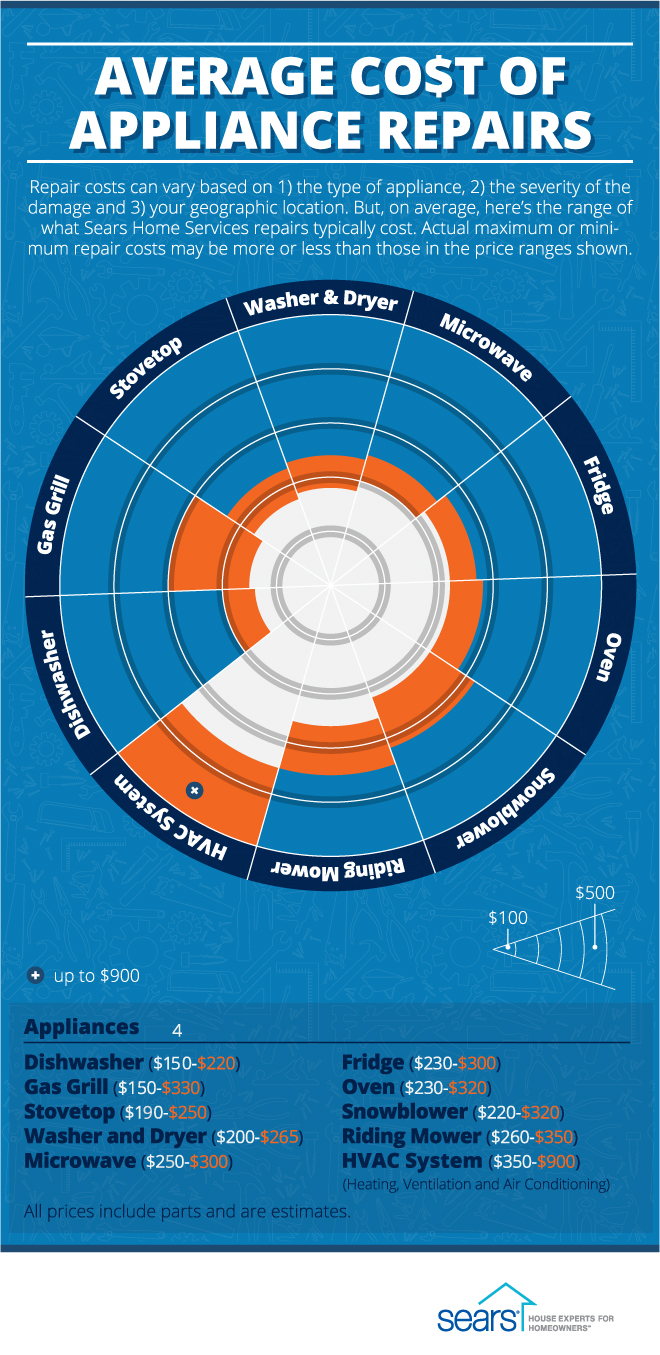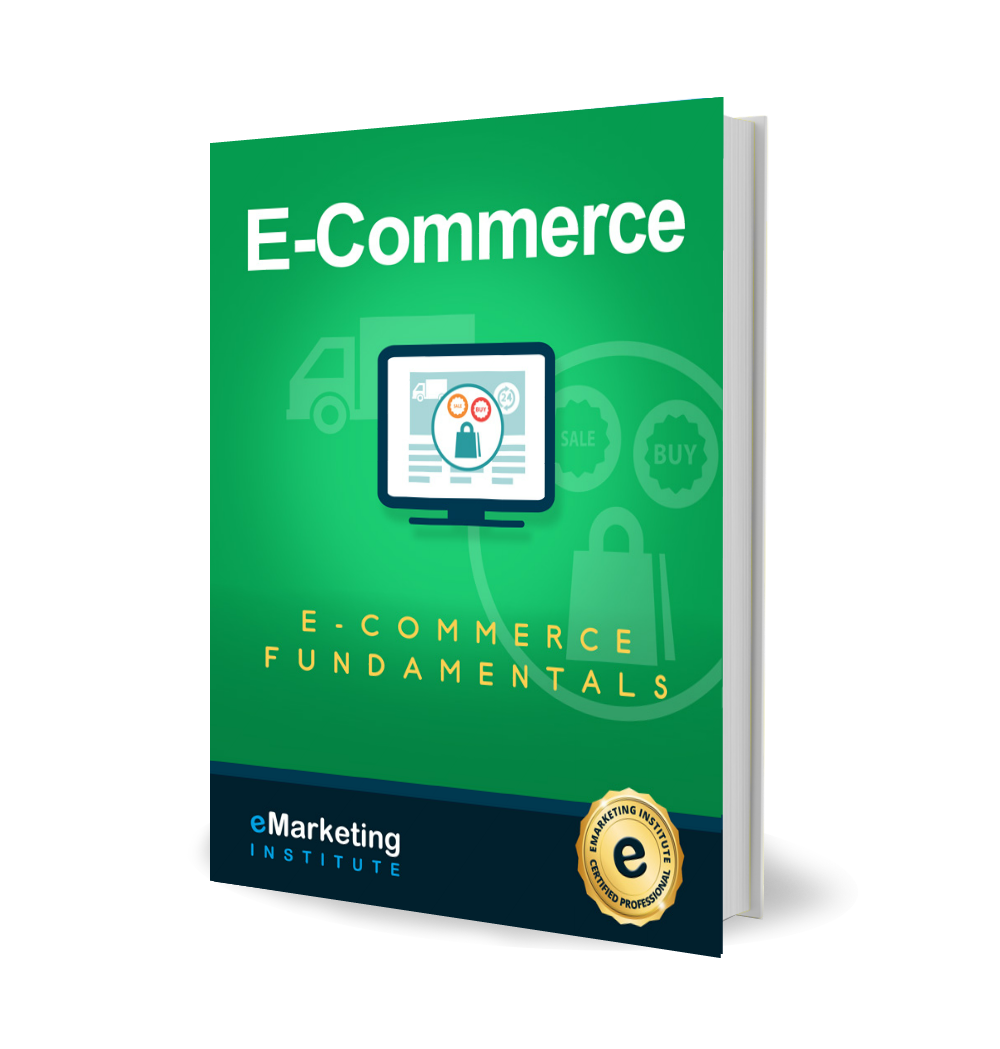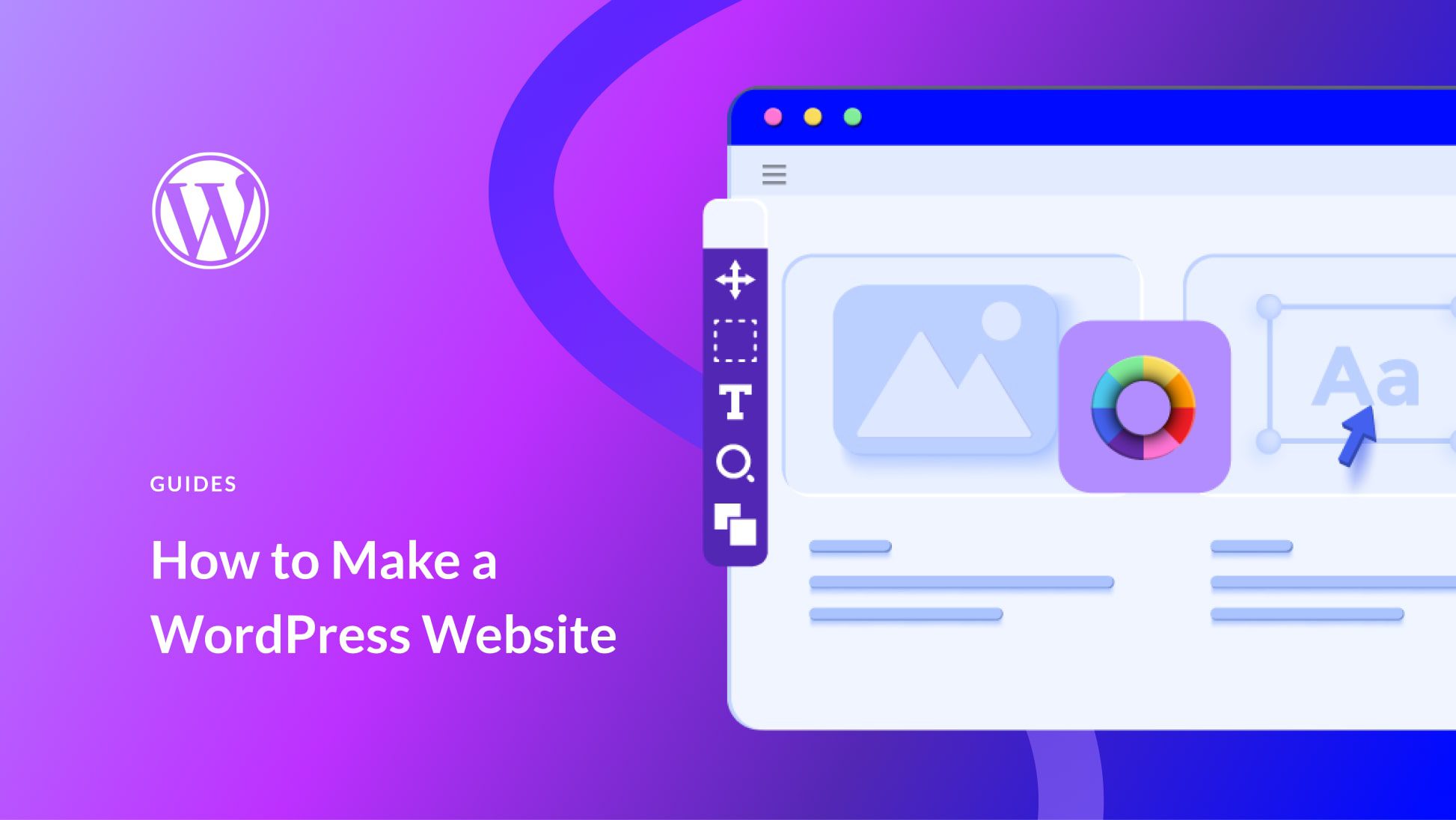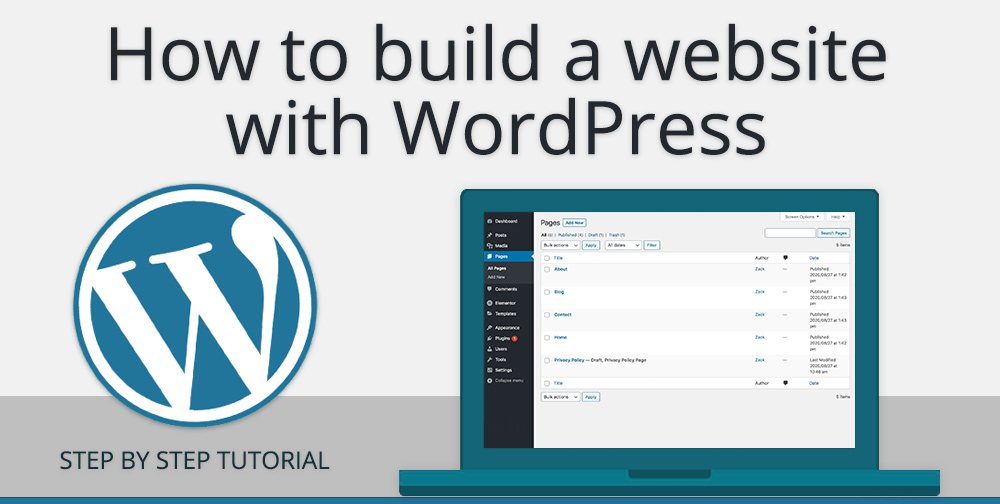What is App Affpilot.com: The Ultimate Tool for Affiliate Marketing Automation
Affiliate marketing is an evolving field, with numerous tools designed to streamline and optimize the entire process. One such tool that has gained traction is App Affpilot.com. In this article, we will explore what App Affpilot.com is, its features, benefits, and why it's becoming a must-have tool for affiliate marketers worldwide.
What is App Affpilot.com?
App Affpilot.com is an innovative affiliate marketing tool designed to simplify and automate many aspects of affiliate marketing. It serves as a comprehensive platform where affiliate marketers can manage, track, and optimize their affiliate campaigns. The tool is primarily focused on improving efficiency, increasing ROI, and reducing the manual effort required to manage various affiliate channels.
The platform offers a wide array of features tailored to suit both beginners and seasoned affiliate marketers. By integrating App Affpilot.com into your affiliate marketing strategy, you can gain better control over your campaigns and achieve more significant results with minimal effort.
Key Features of App Affpilot.com
1. Automated Campaign Management
One of the standout features of App Affpilot.com is its capability to automate campaign management. Users can set predefined rules for campaign execution, such as budget limits, traffic sources, and ad placements. This automation helps in ensuring that campaigns run smoothly without constant manual intervention.
2. Real-Time Tracking and Reporting
Accurate tracking is crucial for any affiliate marketing campaign. App Affpilot.com provides real-time tracking and reporting tools that allow users to monitor their campaigns’ performance. With comprehensive insights into clicks, conversions, and revenue, marketers can make data-driven decisions to optimize their strategies.
3. Multi-Channel Integration
App Affpilot.com supports multi-channel integration, enabling users to connect and manage campaigns across different platforms, including Google Ads, Facebook, and other affiliate networks. This feature centralizes campaign management, reducing the complexity of switching between different platforms.
4. Smart Optimization Tools
The platform offers smart optimization tools like A/B testing and automated bid adjustments. These tools analyze campaign data to suggest improvements that can maximize your return on investment.
5. User-Friendly Interface
App Affpilot.com is designed with a user-friendly interface that simplifies the campaign management process. Even for those new to affiliate marketing, the tool is easy to navigate and use effectively.
Benefits of Using App Affpilot.com
1. Saves Time and Effort
By automating many tasks associated with campaign management, App Affpilot.com saves considerable time and effort. Marketers can focus on strategy development and content creation instead of getting bogged down with manual campaign adjustments.
2. Enhanced Performance Analysis
The real-time reporting feature provides a clear picture of campaign performance, enabling quick adjustments. This results in optimized campaigns that perform better, driving higher revenues.
3. Increased ROI
With smart optimization tools and automated features, campaigns are more likely to yield better results, which translates to increased ROI. The ability to test various campaign settings and optimize accordingly means you’re always making the most out of your budget.
4. Reduces Complexity in Multi-Channel Marketing
Managing campaigns across multiple platforms can be overwhelming. App Affpilot.com reduces this complexity by integrating different channels into a single dashboard, allowing for seamless management and reporting.
5. Scalability
Whether you're a beginner or a large affiliate agency, App Affpilot.com scales according to your needs. It provides the flexibility to handle multiple campaigns of varying sizes with ease.
How to Get Started with App Affpilot.com
1. Sign Up and Onboard
To get started with App Affpilot.com, users need to sign up on the platform. The onboarding process is straightforward, with guided tutorials and support to help new users familiarize themselves with the tool.
2. Integrate Your Channels
Once you’re onboarded, integrate your affiliate networks and advertising platforms into App Affpilot.com. This will centralize your campaign management and tracking, ensuring you have a holistic view of your performance.
3. Set Up Your Campaigns
Start by setting up your campaigns, defining the parameters for each. Utilize the automation features to set rules for bid adjustments, budget allocations, and other critical factors.
4. Monitor and Optimize
Leverage the real-time tracking and smart optimization tools to monitor your campaign performance. Use the insights provided to make necessary adjustments and improve your campaigns’ efficiency.
Common FAQs about App Affpilot.com
What is the primary purpose of App Affpilot.com?
App Affpilot.com is designed to automate and optimize affiliate marketing campaigns, making it easier for marketers to manage and track their performance across multiple channels.
Can I use App Affpilot.com for multiple affiliate networks?
Yes, App Affpilot.com supports multi-channel integration, allowing you to manage campaigns from different affiliate networks within a single platform.
Is App Affpilot.com suitable for beginners?
Absolutely. The user-friendly interface and comprehensive tutorials make it an excellent choice for both beginners and seasoned marketers.
What type of campaigns can I run with App Affpilot.com?
You can run various campaigns, including pay-per-click (PPC), cost-per-acquisition (CPA), and cost-per-impression (CPI) campaigns using App Affpilot.com.
Does App Affpilot.com provide customer support?
Yes, the platform offers robust customer support through live chat, email, and an extensive knowledge base.
How does App Affpilot.com improve campaign performance?
Through automated management, smart optimization tools, and real-time tracking, App Affpilot.com helps users refine their strategies and achieve better campaign performance.
Conclusion
App Affpilot.com is a powerful tool for anyone involved in affiliate marketing. Its robust features, combined with ease of use, make it a valuable addition to any marketer’s toolkit. Whether you’re just starting or looking to scale your campaigns, App Affpilot.com offers the automation, optimization, and control you need to succeed in today’s competitive affiliate landscape.







